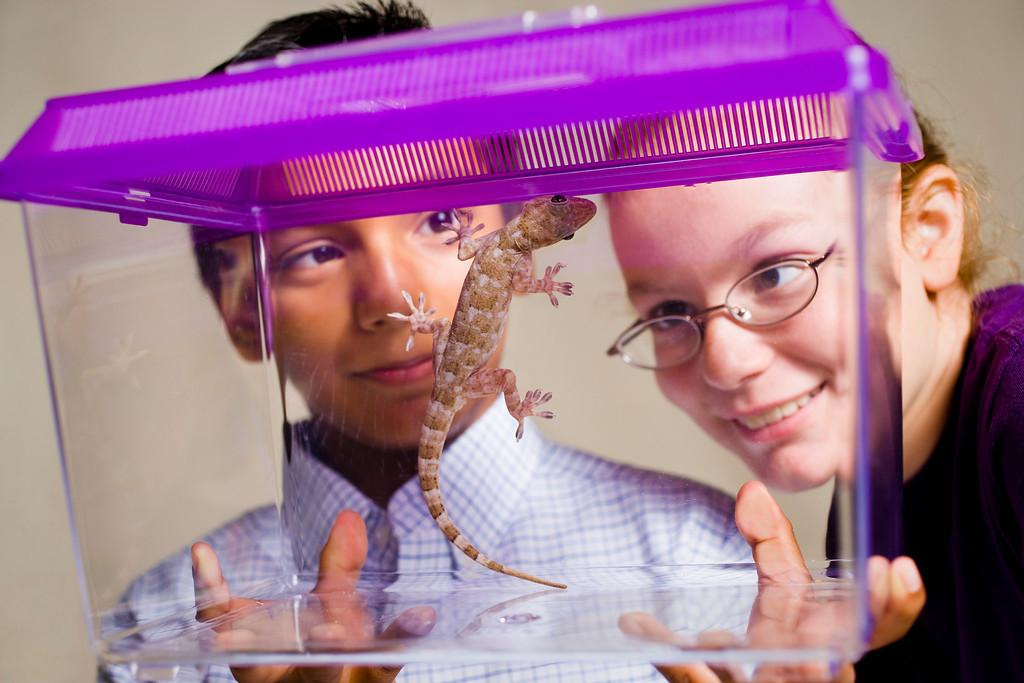DESCRIPTION
The NISE Network translation process guide is intended to help you navigate through the process of creating quality translated educational products. It includes a suggested process model that will help to ensure that your translations maintain an appropriate interpretive tone and a high level of scientific accuracy. Additionally, you will find helpful tips and considerations that will assist you in planning for translation work in terms of timeline, budget, and human resource requirements. This guide also includes a Spanish Style Guide and a nanoscience terminology reference guide. The translation process guide is complemented by the NISE Network bilingual design guide
Suggested citation:
Jensen, K., Núñez V., Garcia-Luis, V., Ostman, R., Lindgren-Streicher, A. (2011), NISE Network Translation Process Guide for Educational Experiences in Museums, Portland, OR: OMSI for NISE Network.
DESCRIPTION
The NISE Network translation process guide is intended to help you navigate through the process of creating quality translated educational products. It includes a suggested process model that will help to ensure that your translations maintain an appropriate interpretive tone and a high level of scientific accuracy. Additionally, you will find helpful tips and considerations that will assist you in planning for translation work in terms of timeline, budget, and human resource requirements. This guide also includes a Spanish Style Guide and a nanoscience terminology reference guide. The translation process guide is complemented by the NISE Network bilingual design guide
Suggested citation:
Jensen, K., Núñez V., Garcia-Luis, V., Ostman, R., Lindgren-Streicher, A. (2011), NISE Network Translation Process Guide for Educational Experiences in Museums, Portland, OR: OMSI for NISE Network.
OBJECTIVES
NANO CONTENT MAP
Nanometer-sized things are very small, and often behave differently than larger things do.
Scientists and engineers have formed the interdisciplinary field of nanotechnology by investigating properties and manipulating matter at the nanoscale.
Nanoscience, nanotechnology, and nanoengineering lead to new knowledge and innovations that weren't possible before.
Nanotechnologies—and their costs, utility, risks, and benefits—are closely interconnected with society and with our values.
DOWNLOAD FILES
Credits
OMSI, Portland, OR, (2011)
Developed for the NISE Network with funding from the National Science Foundation under Award Numbers 0532536 and 0940143. Any opinions, findings, and conclusions or recommendations expressed in this product are those of the authors and do not necessarily reflect the views of the Foundation.
Creative Commons Attribution Non-Commercial Share Alike 3.0 United States (CC BY-NC-SA 3.0 US).
View more details

NISE Network products are developed through an iterative collaborative process that includes scientific review, peer review, and visitor evaluation in accordance with an inclusive audiences approach. Products are designed to be easily edited and adapted for different audiences under a Creative Commons Attribution Non-Commercial Share Alike license. To learn more, visit our Development Process page.


